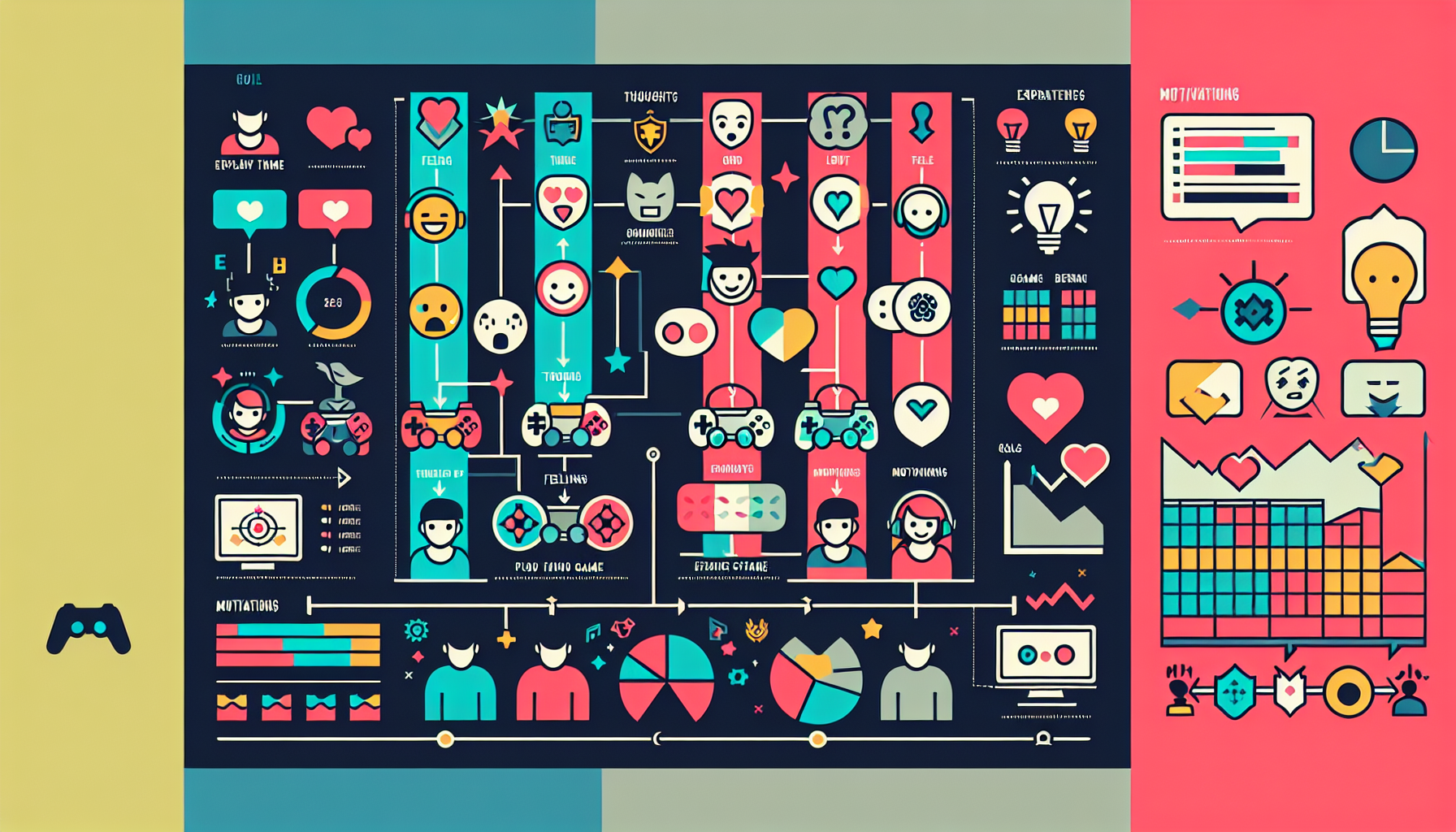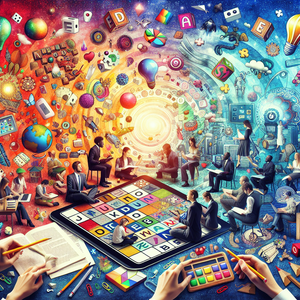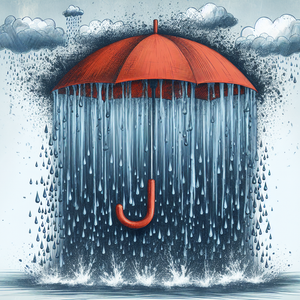The Art of Game Design: Behind the Scenes at Nintendo

At Nintendo, game design is a team effort that transcends individual roles. Designers, artists, programmers, and sound engineers work in unison, each contributing their unique perspectives and skills to create a cohesive gaming experience. According to Yoshio Sakamoto, a veteran designer known for his work on the *Metroid* series, "Collaboration is key. We often have brainstorming sessions where everyone can share ideas, no matter how unconventional they may seem. This openness allows creativity to flourish." One of the most prominent examples of this collaborative spirit is the development of *The Legend of Zelda: Breath of the Wild*. The team worked together to establish a vast open world filled with exploration and discovery. From the initial concept art to the final sound design, every aspect of the game was meticulously crafted through teamwork, showcasing how each member's input is valued. This collaborative effort not only enhances creativity but also fosters a culture of respect and camaraderie among team members.
Balancing Art and Technology
Another integral part of Nintendo's game design process is the delicate balance between artistic vision and technological capability. Advances in technology enable designers to push the boundaries of what is possible, but they must also consider the limitations of their platforms. Takashi Tezuka, a longtime Nintendo designer, explains, "We always start with a vision of the game we want to create. Then, we work closely with our engineers to ensure that what we envision can be realized within the constraints of the hardware." The development of *Super Mario Odyssey* exemplifies this balance. The team envisioned a game that would allow for dynamic movement and exploration. By embracing the capabilities of the Nintendo Switch, they created innovative mechanics, such as the ability to capture and control enemies, which enhanced gameplay while remaining true to the franchise's roots. This synergy between art and technology is what sets Nintendo apart from its competitors, allowing them to create games that are not only visually stunning but also deeply engaging.
Storytelling as a Central Element
At the heart of every great Nintendo game is a compelling story that resonates with players. Storytelling is not an afterthought but a central element woven into the fabric of the design process. Shigeru Miyamoto, the legendary creator of Mario and Zelda, emphasizes the importance of narrative: "We want players to feel a connection to the characters and the world. The story drives the player's experience and engagement with the game." In games like *Animal Crossing: New Horizons*, the narrative unfolds organically through player interactions and choices. The design team focused on creating a world where players could immerse themselves in their own stories, fostering a sense of community and belonging. This approach highlights how Nintendo leverages storytelling to enhance gameplay and create lasting emotional connections with players. The emotional resonance of these narratives is evident in the way players invest in their virtual lives, often sharing their experiences and creations with friends and online communities.
The art of game design at Nintendo is a multifaceted process that thrives on collaboration, innovation, and storytelling. By working together, Nintendo's designers, artists, and engineers create experiences that resonate deeply with players and stand the test of time. As the gaming industry continues to evolve, Nintendo remains committed to pushing the boundaries of creativity and technology, ensuring that its beloved franchises continue to inspire and entertain generations to come. Understanding this behind-the-scenes magic not only deepens our appreciation for Nintendo's games but also showcases the dedication and passion that drives one of the most iconic companies in the gaming world. As we look to the future, it is clear that Nintendo's unique approach to game design will continue to shape the landscape of the gaming industry, inspiring both players and developers alike to embrace creativity and collaboration in their own endeavors.
Game Designer (Level Designer)
Nintendo, Electronic Arts, Ubisoft
Core Responsibilities
Design and create engaging game levels that provide balanced difficulty and immersive experiences.
Collaborate with artists and programmers to ensure gameplay mechanics align with visual elements.
Conduct playtesting sessions to gather feedback and refine level designs.
Required Skills
Proficiency in level design tools (e.g., Unity, Unreal Engine).
Strong understanding of game mechanics and player psychology.
Excellent communication skills for effective teamwork.
Narrative Designer
Naughty Dog, BioWare, Square Enix
Core Responsibilities
Develop compelling storylines and character arcs that enhance gameplay.
Write dialogue and in-game text that aligns with the overall tone and voice of the game.
Collaborate with designers and artists to ensure narrative elements are seamlessly integrated into gameplay.
Required Skills
Strong writing and storytelling skills with a background in creative writing or scriptwriting.
Familiarity with game design principles and player engagement strategies.
Experience with narrative-focused tools or software (e.g., Twine, Ink).
Technical Artist
Riot Games, Blizzard Entertainment, Epic Games
Core Responsibilities
Bridge the gap between art and programming by optimizing art assets for performance in games.
Work closely with artists to ensure visual fidelity while adhering to technical constraints.
Develop tools and scripts to streamline the art creation process and improve workflow.
Required Skills
Proficiency in 3D modeling software (e.g., Maya, Blender) and game engines (e.g., Unity, Unreal Engine).
Strong problem-solving skills and a technical mindset.
Knowledge of shaders and rendering techniques.
Sound Designer
Bethesda, Rockstar Games, Insomniac Games
Core Responsibilities
Create and implement audio assets, including sound effects, voiceovers, and ambient sounds, to enhance gameplay.
Collaborate with game designers and developers to ensure audio supports the overall game's narrative and mechanics.
Conduct audio testing and quality checks to maintain high standards throughout the development process.
Required Skills
Experience with audio editing software (e.g., Pro Tools, Wwise).
Strong understanding of sound design principles and techniques.
Ability to work in a team environment and communicate effectively with cross-discipline teams.
UI/UX Designer (Game Interface)
Valve Corporation, Capcom, Bungie
Core Responsibilities
Design intuitive and visually appealing user interfaces that enhance player experience.
Work with game designers to create wireframes and prototypes for in-game menus and HUD elements.
Conduct user testing to gather feedback and iterate on designs based on player interactions.
Required Skills
Proficiency in design tools (e.g., Adobe XD, Sketch, Figma).
Strong understanding of user-centered design principles and accessibility standards.
Experience in game design or familiarity with gaming platforms is a plus.


